With a name like Colombia (not Columbia), it’s easy to think that the Spanish-hired explorer Christopher Colombus visited this land. Not true. The Spanish didn’t actually set foot on the shores of this landscape until 1498 and then it wasn’t until 1525 before they “founded” their first city, Santa Marta, along the north coast. But after that, it didn’t take the Spaniards long to march into the mountainous interior and take over the area for the next 300+ years. Generally, they were able to dominate the indigenous people by using a system of encomienda, which translates into “entrusting”, whereby the locals were forced to work for their new Spanish owners. The Spanish owners in-turn were supposed to provide proper care for them, particularly with their spiritual needs through the Catholic church. This system was somewhat maintained through several political variations until Colombia won its independence from Spain in 1819.
Obviously, with this long colonial history, a rich mixture of Spanish influences are integrated into Colombia’s modern-day culture, including its language, foods and religious traditions. In today’s post, I would like to highlight one other important colonial legacy – the beautiful architecture – which has been lovingly preserved throughout Colombia.

To wander a colonial village in Colombia is to take a step back in time: narrow cobblestone streets, whitewashed walls large foundational stones, and huge, colorful split-top doors revealing tranquil inner courtyards of flowers and fountains. While looking across the rolling hills, Its easy to spot other villages in the distance by their prominent cathedral towers and surrounding patchwork of red-tiled roofs. Certain regions of Colombia are completely dotted with these lovely architectural gems.
Colombians take a lot of pride in preserving these historical towns, keeping them very clean, safe and often perfectly painted and manicured. In order to promote more cultural awareness and tourism, the Colombian Ministry of Commerce, Industry and Tourism has designated several premier rural villages as “Pueblos Patrimonios”. They receive this special designation on the merits of their architectural, historical and environmental characteristics. So far, there are 18-20 recognized communities around Colombia and many more that should be on that list. I had the wonderful fortune to visit several during my travels.
The following montage of photos include scenes from the villages of Mompox (founded in 1537 and declared an UNESCO World Heritage Site in 1995), Zapatoca (1743), Socorro (1681), Curití (1540), Barichara (1705), and Guane (1617).


























To find out a little bit more about this colonial architecture, I consulted the Internet. I learned that much of Colombia’s colonial architecture is:
“Considered a simplified version of Baroque. Colonists used the local materials (wood, abobe and stone) to create styles that would have been familiar to any European- arches, terraced roofs (often with outdoor living areas atop them), inner courtyards, and imposing facades.”
“The cities built in the later years of (an) expansionary period- of which Cartagena is a prime example- were well organized, well planned and built on a grid system. They adhered to what the Spanish called The Law of the Indies: a set of guidelines dictating where and how settlements should be structured to accommodate trade and defense. These regulations specified everything- the width of the streets, the placement of the central square, the location and dimension of important buildings like churches and cathedrals, and even the architecture of publicly owned houses.” (Cartagenacolombiarentals.com)
On Wikipedia, I found out that “After gaining its independence, Colombia severed its links with Spain and looked elsewhere for new models, first England, then France, marking the beginning of what became known as Republican Architecture (Arquitectura republicana), an era that lasted well into the twentieth century…”
Since I never took an art history class in college, I don’t know how to identify the difference between Andulsian Spanish, Baroque and Republican architecture, but I know that I love wandering the old streets, watching families play in the parks, discovering quaint restaurants in charming courtyards and finding accommodations within their restored walls. Thank goodness Colombia has preserved these colonial pueblos for us all to enjoy.


One of the most prized pueblos in Colombia, Villa de Leyva, was founded in 1572. Historically, it served mainly as a retreat for military officers, clergy and nobility. It’s central plaza is the largest in Colombia, and was declared a national monument in 1954. I explored it one weekend earlier this year with my friends Juliana, Maria Paula and Natan.










Even the Capital of Bogotá has a very historic Spanish Colonial City Center.








To connect the pueblos across the regions, the Spaniards (and the Indigenous before them) established a network of roads called the Camino Real. Many of them have now been turned into modern highways, or backcountry biking and hiking routes. At least one set of stone-paved trails remain in original condition in the Department (State) of Santander. I wanted to experience more of the countryside, so one day I walked a 6km section of this historic trail between the villages of Barichara and Guane. A dedication plaque at the beginning indicated that the historic trails in this region were improved upon significantly in 1864 by a German engineer named Geo Von Lengerke.
When I got back to my hostal that night, I decided to research a little more about him. Well, let me tell you, I got an earful! (Not that any of this is relevant, but as a nod to my Senior High School History Teacher who loved to write his own tell-all accounts of history to keep his students reading, here’s a juicy tale!) I learned that Geo Von Lengerke apparently arrived in Colombia as a fugitive of the law from Germany after stabbing a man in a duel. Once settled in Colombia, he proceeded to invest in large tracks of land and quantities of slaves hoping to make his fortune in the production of quinoa. He didn’t succeed in his business but he did succeed in impregnating most of his slaves and most of their children so that there are now considered to be over 500 tall, blue-eyed descendants of his still living in the nearby communities. Ofcourse the dedication sign along the trail didn’t say all that, but we can surmise that his illusions of entitlement left quite a legacy.
Anyway, the trails are lovely. The community has continued their upkeep through the generations and they were declared a National Monument in 1988.


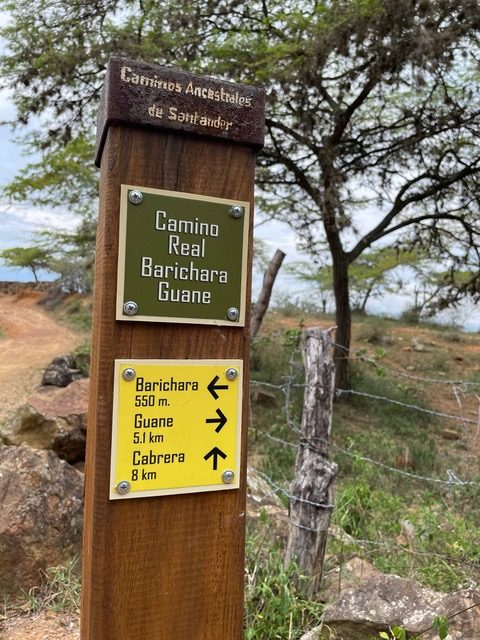







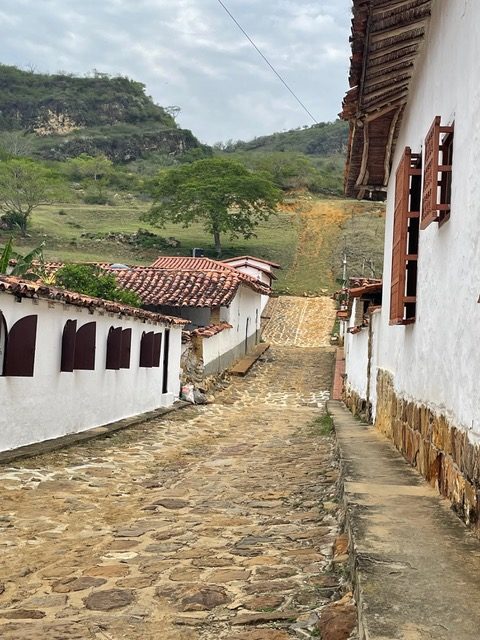

I loved visiting all of these Colonial pueblos and I wish I had had the time to discover more of the Camino Real routes across the beautiful Colombian countryside. I’ll just have to go back someday to wander more.

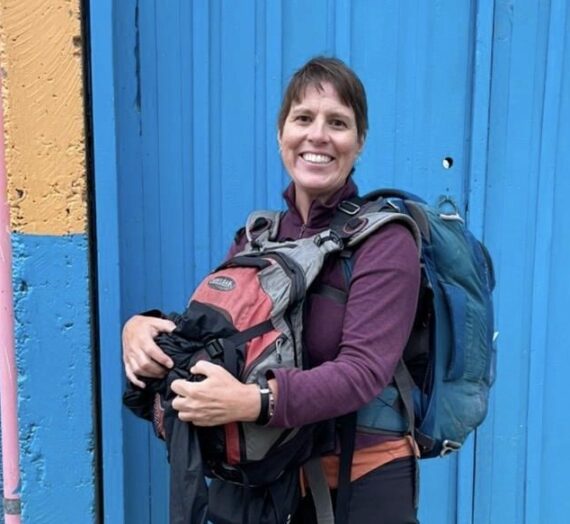
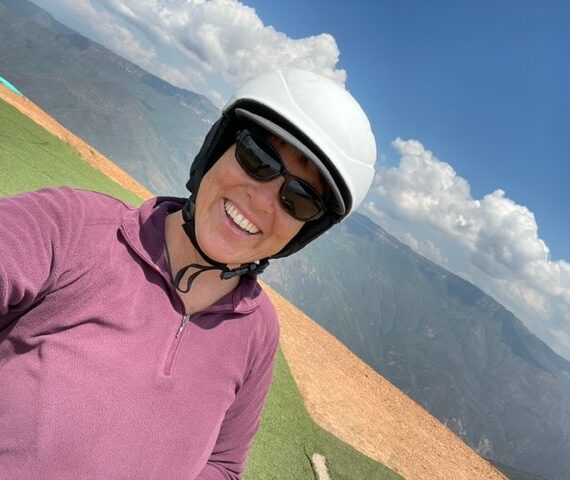
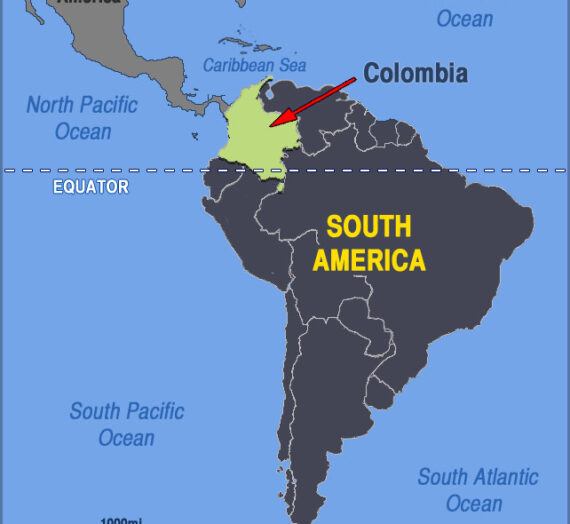
Bonnie Koch
So enjoyed reading about your adventures. Beautiful country. I have been to Spain and can see the influence.Not traveling much anymore but I’d like to tag along with you!
Becky Wandell
Make sure to subscribe and my posts will come directly into your inbox. I really only post about 2-3 times a month so it’s not too much to read!